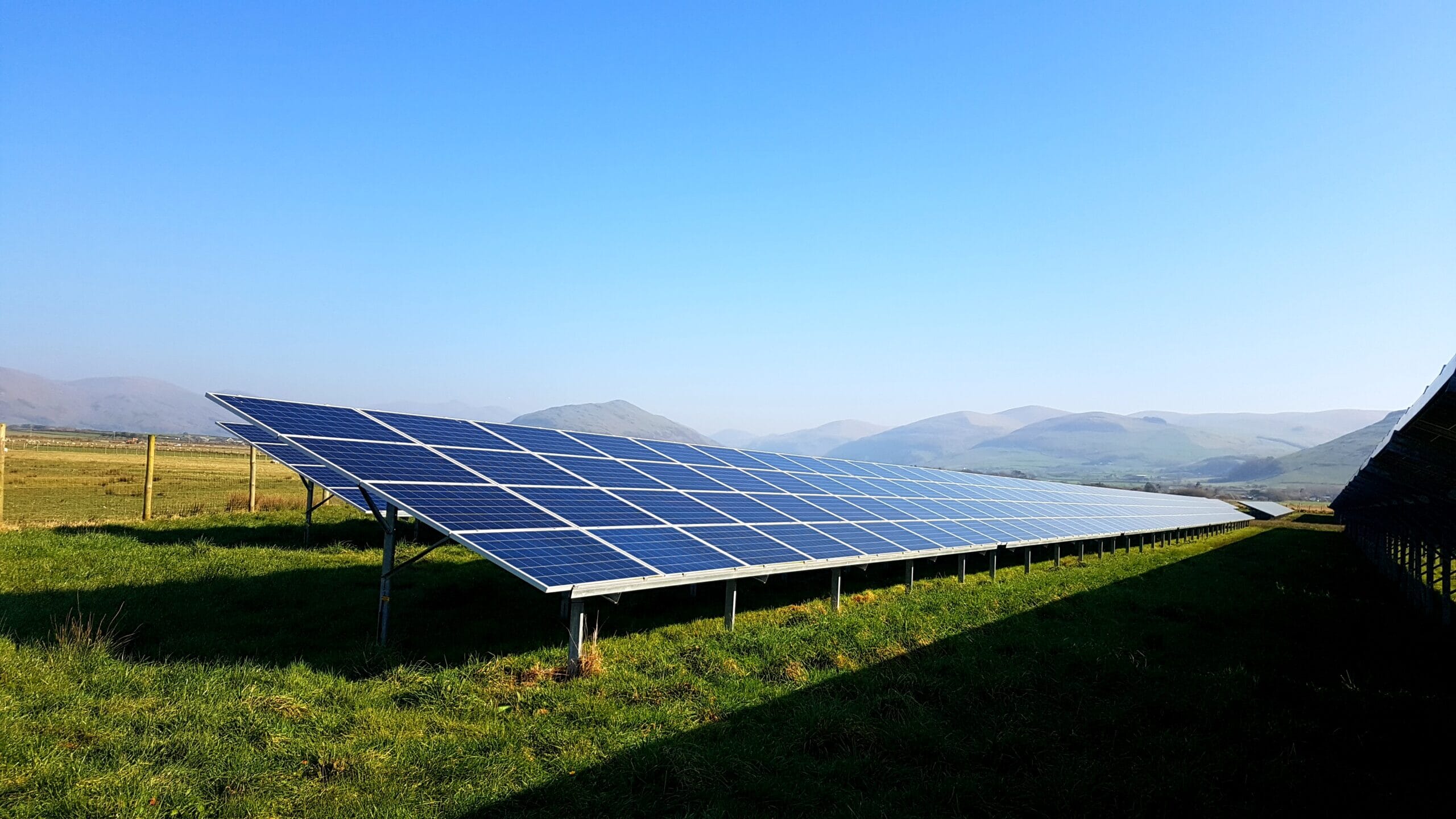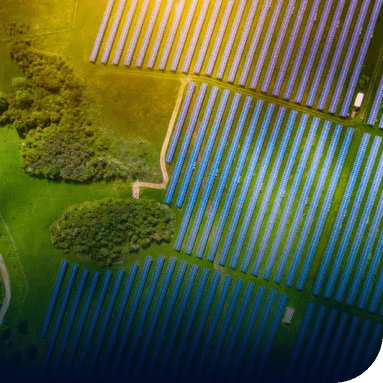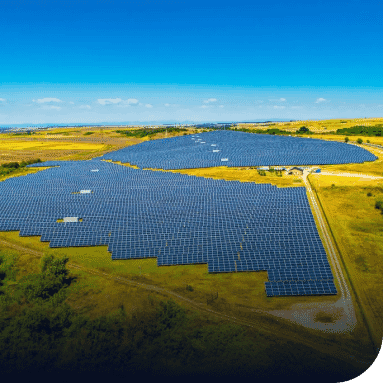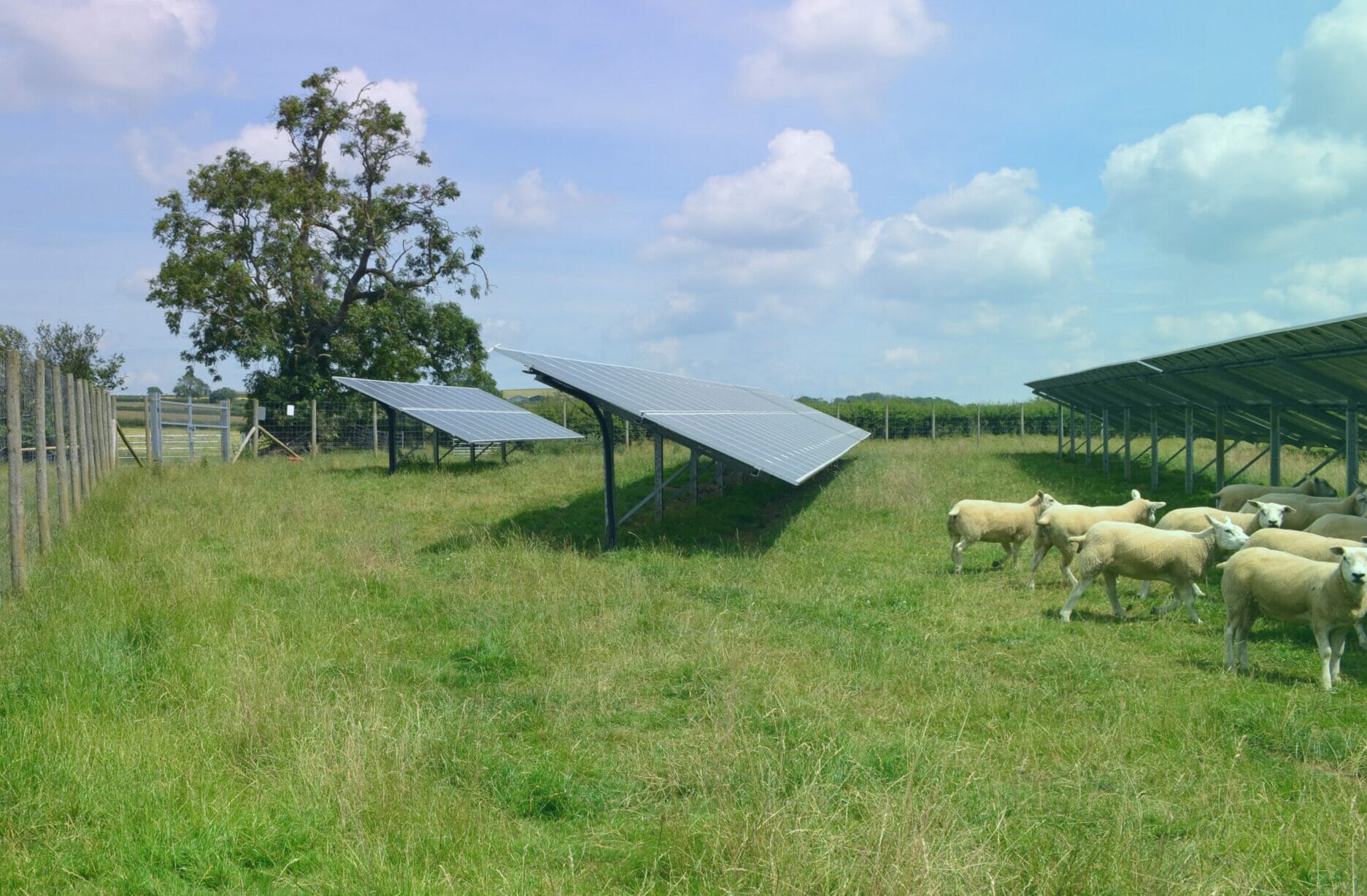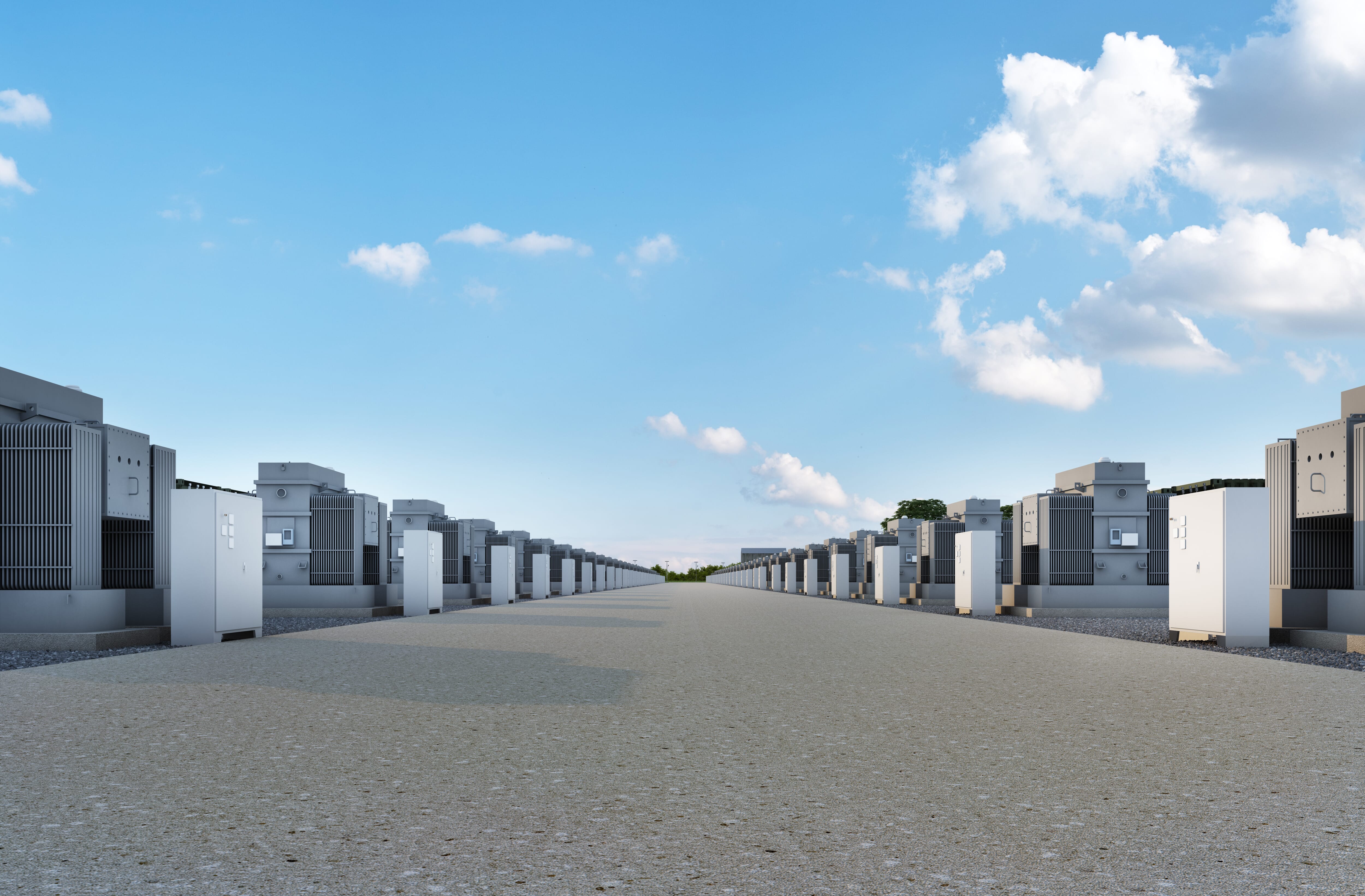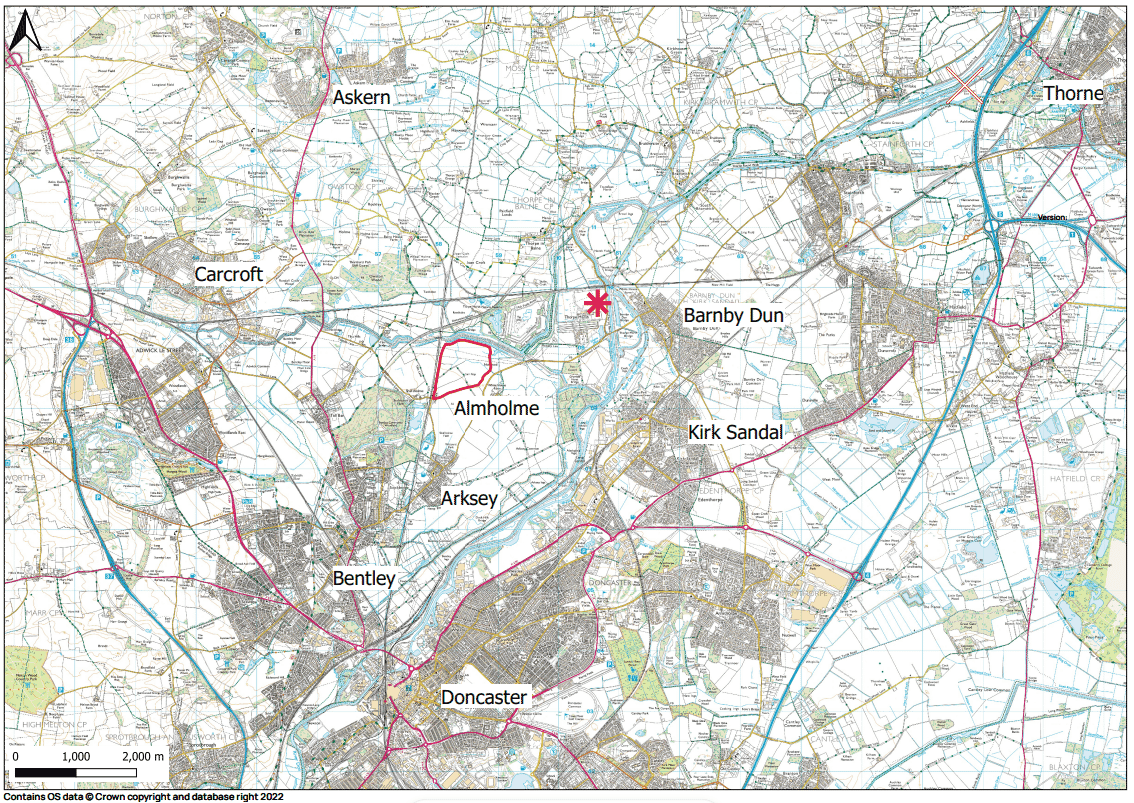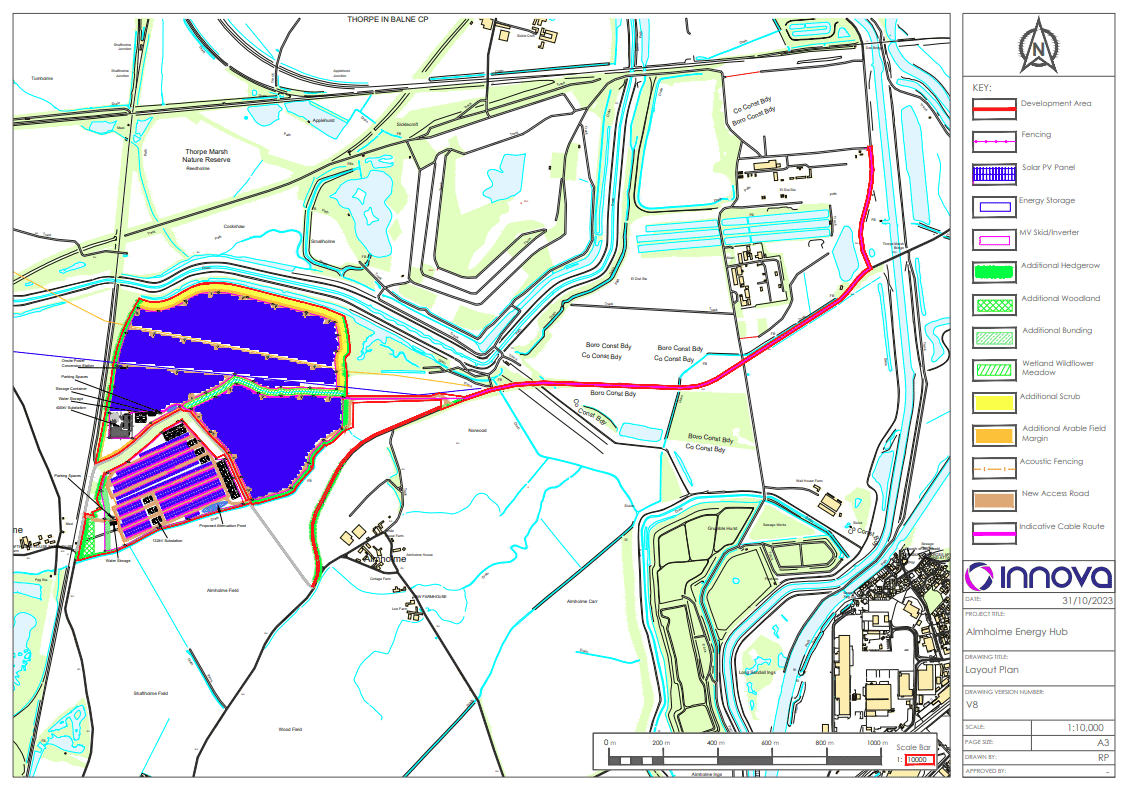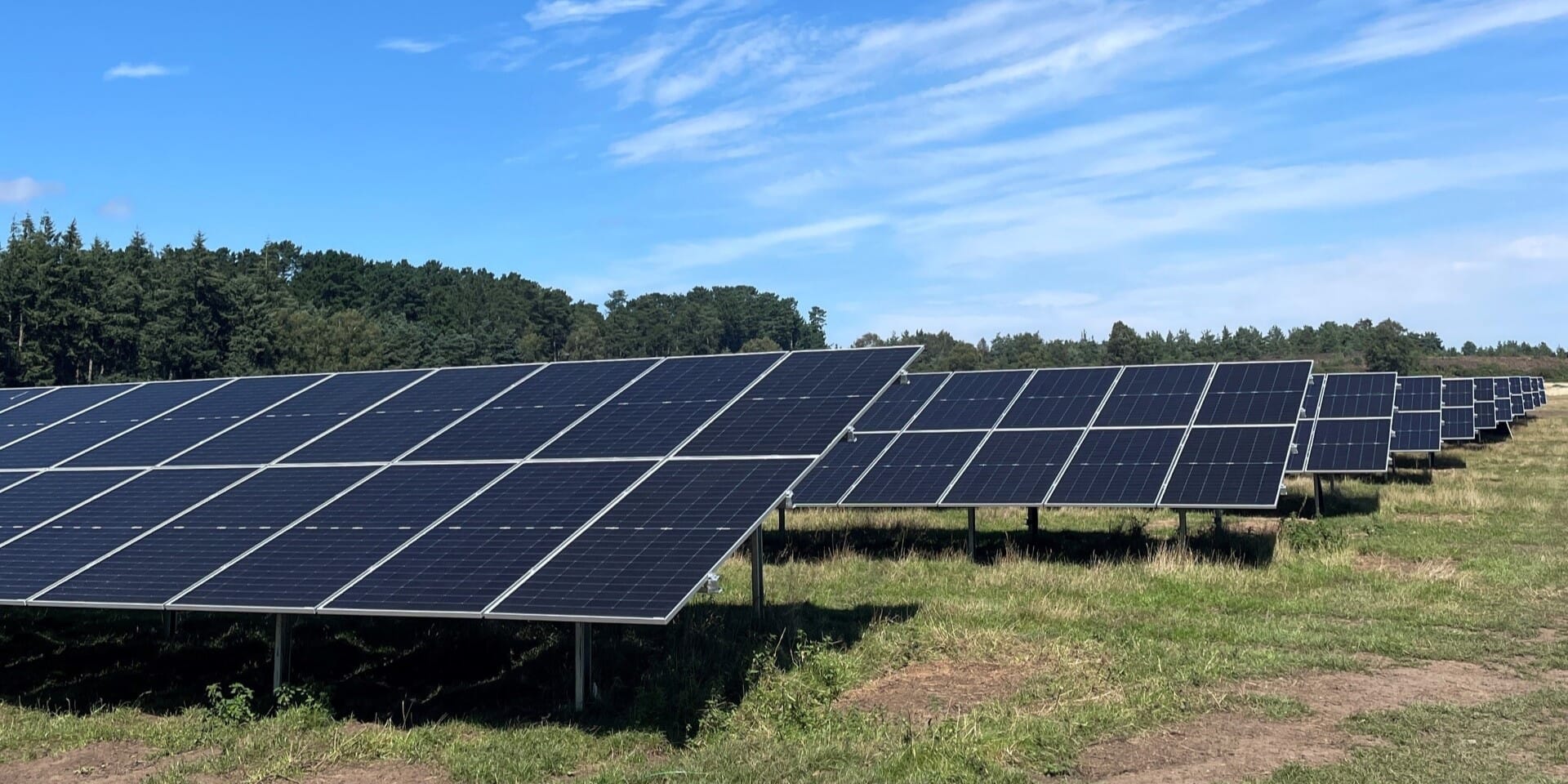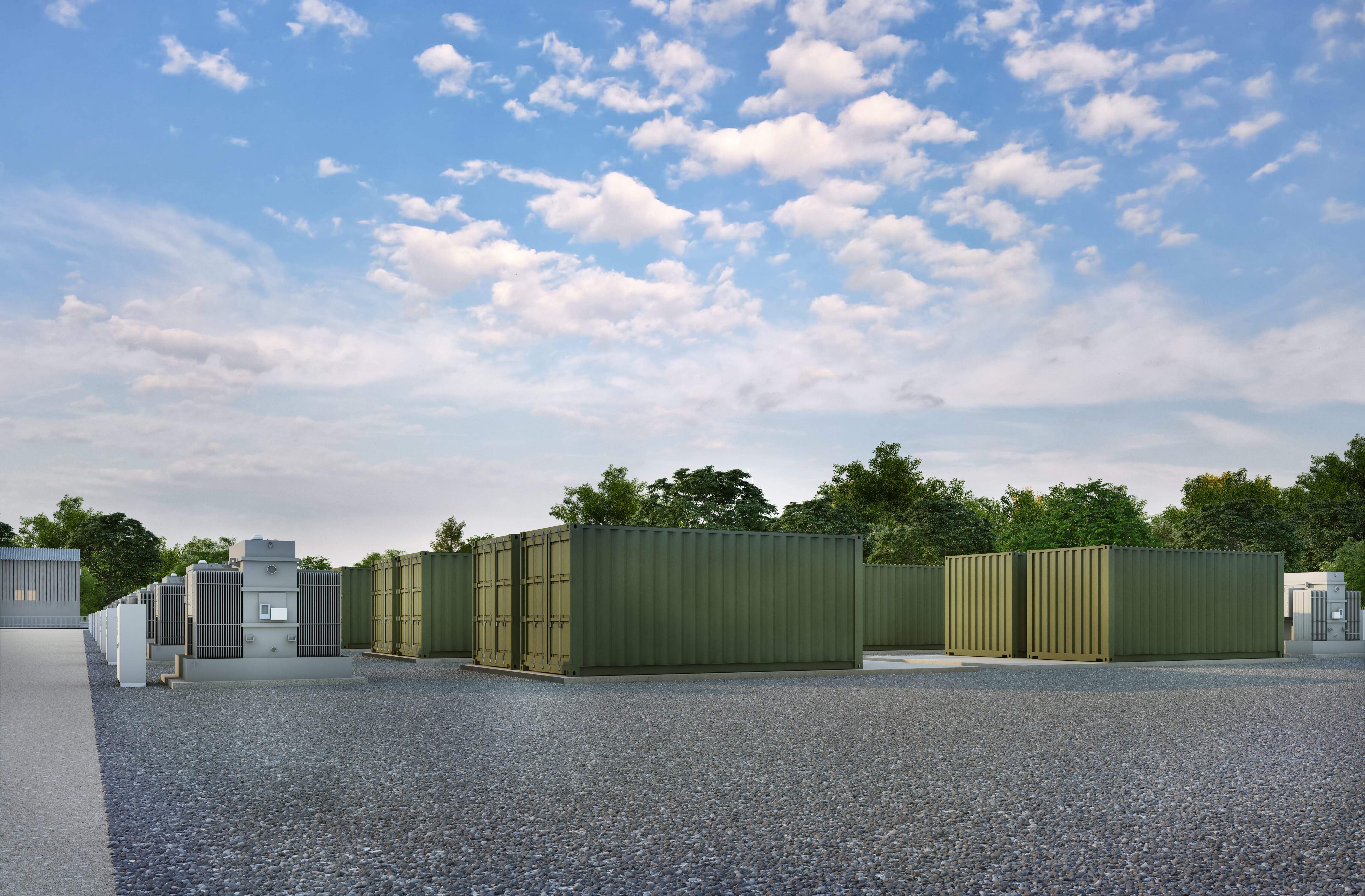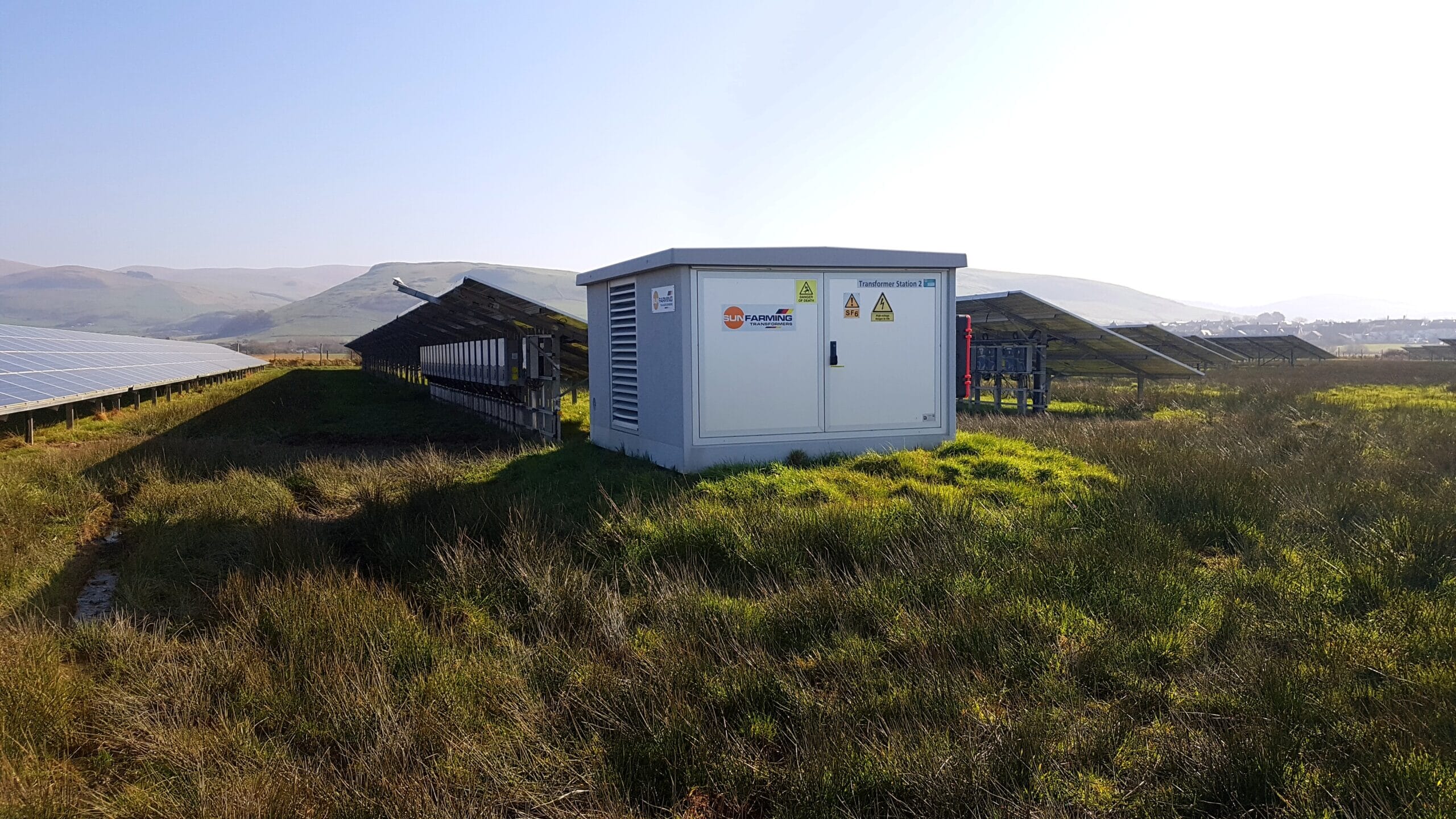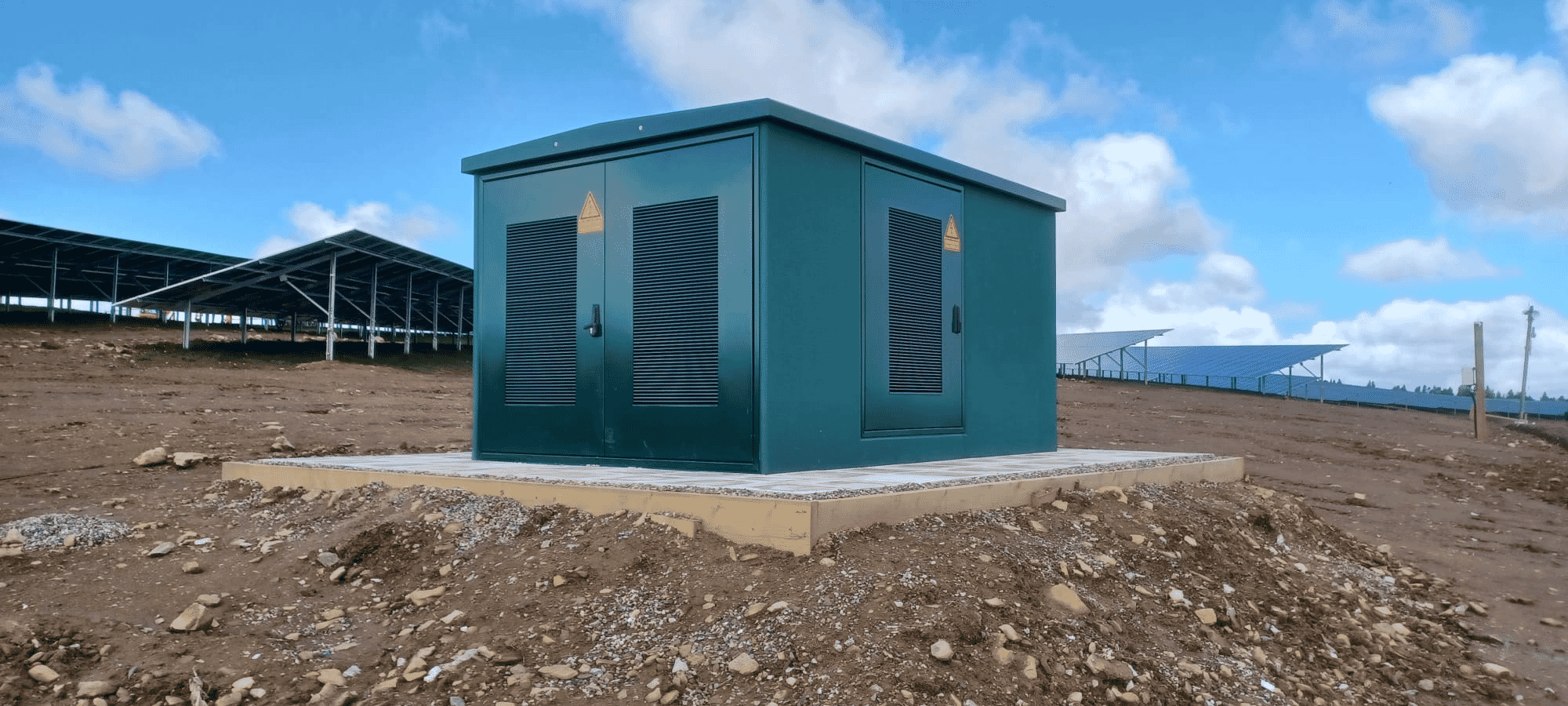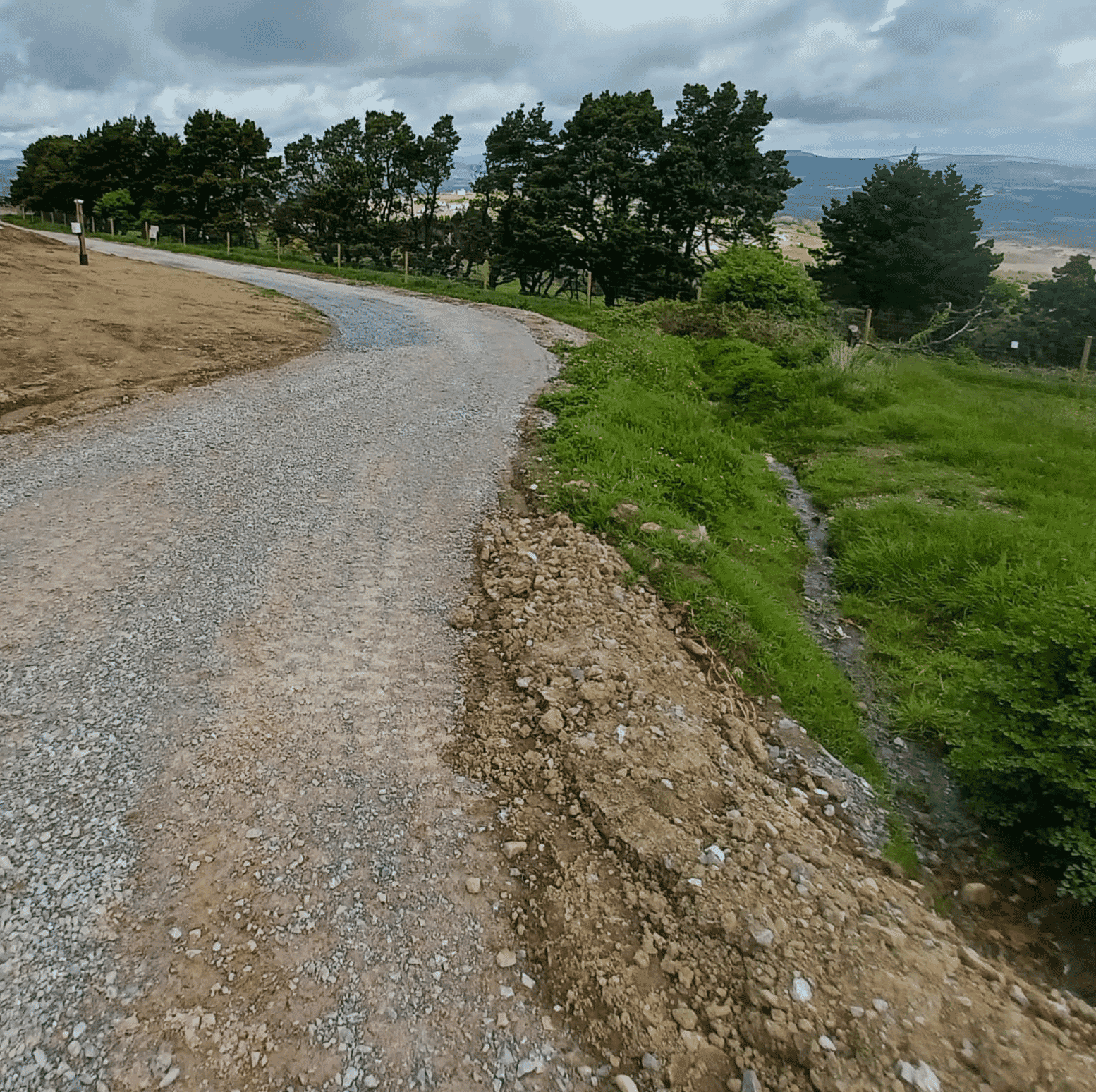Introduction
Welcome to the Almholme Energy Hub project. We are proposing a 1,025 megawatt (MW) Energy Storage System (ESS) and a 49.9MW Solar development on land at Almholme, Doncaster.
The development site covers approximately 173 acres located on land 350 m north west of the hamlet of Almholme, 1.4 km east of Shaftholme, 1.3 km north of Arksey. The site currently comprises three open agricultural parcels of land, with hedgerows and farm tracks splitting the site. Overhead electrical lines runs in an east-to-west direction through the centre of the site.
The site has been carefully selected and designed through a detailed assessment process considering heritage, landscape, ecological and environmental designations, access, flooding, transport, and agricultural land quality. We have engaged a team of expert consultants to provide advice on the project.
An important aspect of the development is engaging with the local community. We held a consultation event on Tuesday 15th August at The School House, High St, Arksey, Doncaster DN5 0SF. It was great to discuss this project with the local community, and gather feedback on what they thought of the project.
City of Doncaster Council consented the planning application for the project on the 14th October 2024. All documentation submitted with the planning application can be viewed on the Council’s planning portal using the reference 23/02482/FULM
